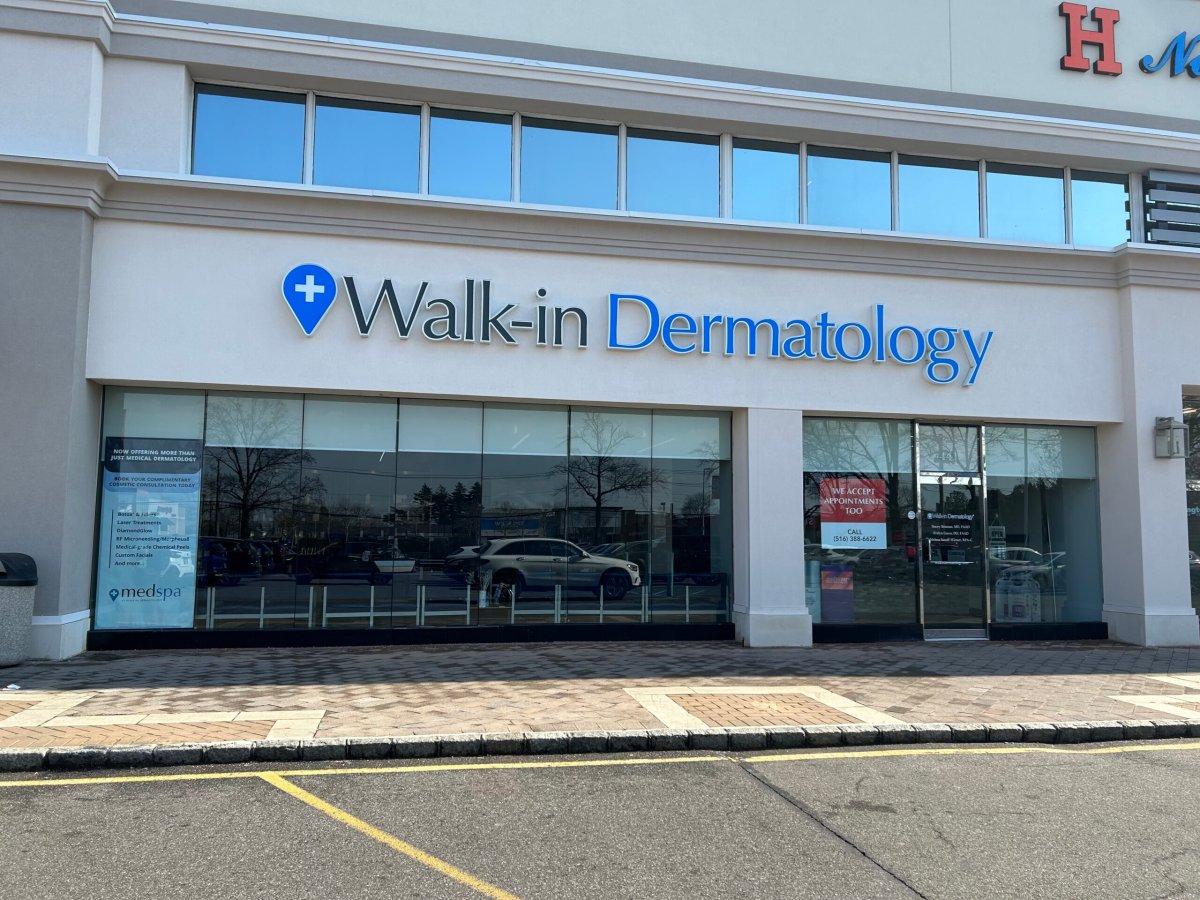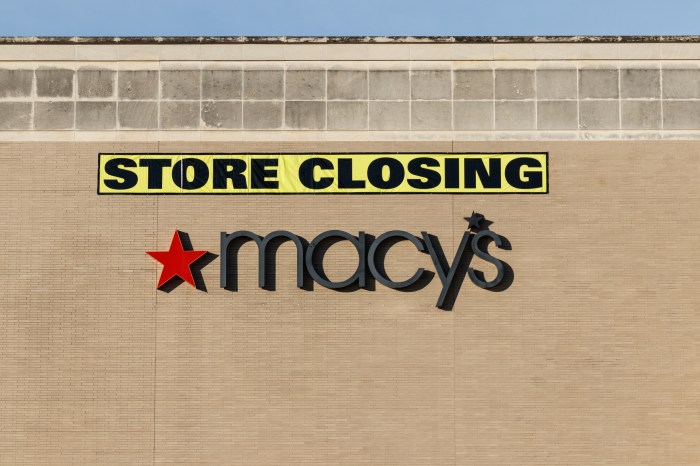Strip malls have long been filled with restaurants, clothing stores, banks and other businesses, but now medical practices are in the mix. At one strip mall in Plainview, newer tenants include Walk-in Dermatology and MyEyeDr. A Northwell Health-GoHealth urgent care location is in a neighboring strip mall.
At a time when some strip malls face vacancies, medical practices are multiplying, leading to a situation where the doctor may be in – the strip mall.
“For a good number of specialties, like ours, it’s part of the optics of accessibility,” said Walk-in Dermatology CEO Steven Dresner. “Trader Joe’s shoppers in Plainview walk to get groceries and see a Walk-in Dermatology. That feels kind of easy. You don’t have to wait. We’re accessible.”
While some practices, such as neurology, are hardly a fit for the strip mall, many others provide a retail prescription. Once occupying medical office buildings, more practices are building out locations in spaces that once housed restaurants and retail.
Walk-in Dermatology has two 2,500-square-foot Long Island sites in Plainview and Greenvale with three in the process of opening, including Forest Hills, Queens; Nanuet, New York, and Emerson, New Jersey.
“Why couldn’t patients experience comprehensive eye care and a wide selection of eyewear options under the same roof?” asks the MyEyeDr. website. The business also operates in strip malls.
PM Pediatric Care, which describes itself as the nation’s “largest provider of specialized pediatric urgent care,” has also been snapping up leases in shopping malls.
“There is change in consumer habits,” Dresner said. “Over the past 10, 15 years, supported by the growth of urgent care, there is a change in the way people seek care.”
Urgent care paved the way and provided a model for medicine at the strip mall, fueled by long waits experienced by patients seeking care.
“The wait time to see a traditional dermatologist is too long,” Dresner continued. “That’s why we’re in business, to deal with the medical care and waiting too long to be treated. I believe the issue in dermatology is supply and demand. There aren’t enough dermatologists.”
Landlords who relied nearly exclusively on retail find themselves looking for reliable tenants, providing tenant improvement allowances to convert spaces to medical offices.
“Landlords want healthcare businesses. It has to do with the proliferation of Amazon. You’re competing with online giants, so you’ve seen a lot of vacancies and churn,” Dresner said. “Landlords understand that medical, for the most part, is resistant to seasonality and economic downturn.”
Medical tenants in strip malls often use software to schedule and operate, monitoring patient flow and volume to schedule staff. Walk-in Dermatology’s doctors are part owners, and the practice is structured to comply with New York law.
“Consumers have been groomed to rethink care and who they go to for care,” Dresner added of patients who value convenience. “Our repeat patients at these offices look like just any other practice. Most of our patients are repeat patients.”
Dresner said that in order to support volume, they hire experienced physicians and staffers rather than emplying graduates directly out of school.
“We hold the bar high for everybody at our company,” Dresner said. “They have to have significant experience in dermatology.”
Medical practices in medical office buildings often refer patients to one another, while those in strip malls can do the same. “There is some synergy to being in a medical building,” Dresner added. “However, we still see those synergies.”
And storefronts provide medical marketing, attracting people who might otherwise not seek care.
“A lot of people who come to see us have never been to a dermatologist,” Dresner said. “We’re tapping into a whole new market for people who never wanted to be bothered by it.”
Walk-in Dermatology, which opened its first location in 2019, sent out postcards about a new office, attracting a patient with a rash and also melanoma, a form of cancer.
“I don’t think there’s a day where we’re not finding skin cancer. It’s that prevalent,” Dresner said.
Such companies typically emphasize ease and access, bringing care not to your door, but to a storefront setting.
MyEyeDr, which touts making the “vision care process easier for both eye doctors and patients” since 2001, has grown to more than 500 vision care centers nationwide, including Long Island, providing eye care and eyewear.
PM Pediatric Care has grown to nearly 80 locations in more than 15 states including Carle Place, Commack, Manhasset, Massapequa Park, North Babylon, Rockville Centre, Selden and Syosset on Long Island. The company says it has seen more than 4 million patients, treating everything from asthma attacks to sports injuries.
Dresner hopes Walk-in Dermatology will grow, bringing dermatology to strip malls as medicine expands to main streets nationwide.
“There’s no reason that Walk-in Dermatology shouldn’t be a national brand,” Dresner said. “It’s a question of how we’ll take it there.”
































